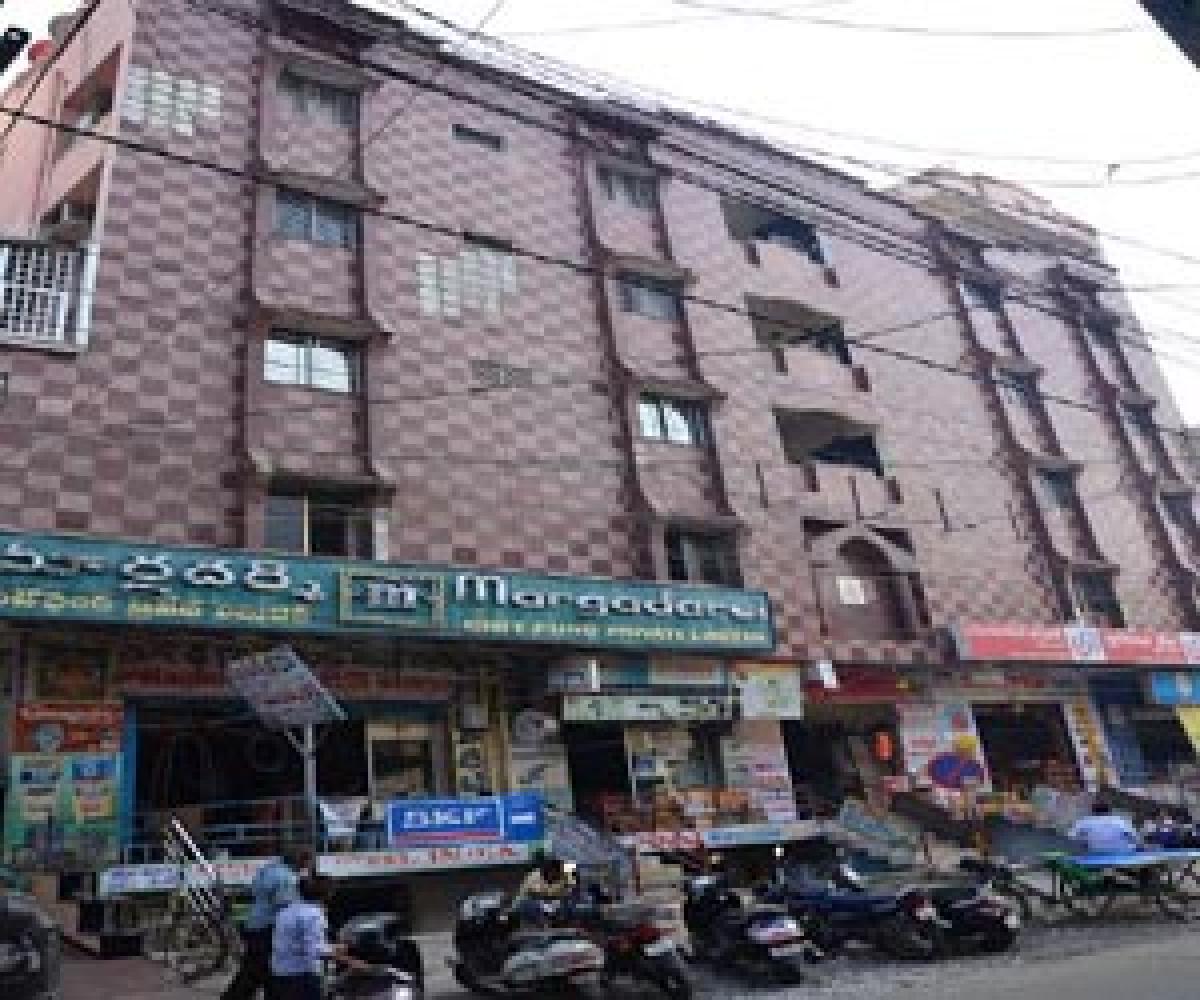Technology takes its toll on cinema

Ever since the first theatre in coastal Andhra, Maruti Cinema, closed down and replaced with shopping and residential complex, the upheaval in talkies is technology-made. The pace of technology's impact on film industry is beyond one's imagination.
Ever since the first theatre in coastal Andhra, Maruti Cinema, closed down and replaced with shopping and residential complex, the upheaval in talkies is technology-made. The pace of technology's impact on film industry is beyond one's imagination.
- Maruti Cinema's closure beginning of digital era
- People now prefer luxury to ordinary cinema
When Maruti inaugurated in 1921, says Natti Kumar, a distributor, people used to visit the theatre on bullock carts from other places that include neighbouring districts. Artistes had to offer voice for the images appear on screen as the movies had no sound track. The ticket for entry was in the range of one or two annas.
"When talkies emerged, they came with technology that offered black and white with sound track. Colour movies including Eastman, scope and 70 mm had used a big projector that also makes sound when it runs," he said.
Software technology entered in new millennium. Theatres had started using hard disk in place of conventional projectors. By 2014, all screens in the world turned digital-operated. Even digital cameras entered to avoid losses from celluloid films. Making movies with digital cameras had its impact on technicians and other employees apart from reducing many costs to make movies.
Piracy also sneaked into the scene. Even though satellite prints are being used these days, they also facing the challenge of piracy. The transition period from talkie to satellite era had brought revolutionary changes in cinema.
Single screen cinema which had four shows, including a different movie as morning show started disappearing as soon as television gained entry into homes. People started watching TV along with pirated DVD cassettes. Later, the DVDs started appearing in the market at throw-away prices.
The exhibitors started to pay tax only for filled seats. They had to show house-full boards to meet the obligation of distributors who want to run films for more days as desired by the movie makers. This proved non-profit for them.
In quick succession, many cinemas which started collecting ticket price of their choice realized the dangers of single screen. Many managements in coastal districts closed the cinemas and used them as godowns, marriage halls and shopping complexes for want of viewers who learned to watch same movie at home through DVD player or cable, which worked as catalyst for the fall of single screen cinema.
This transition phase proved costly for them and many shut down theatres. In Vijayawada alone, Jyothi Mahal, Mohan Das, Venkateswara, Leela Mahal, Vijaya Talkies, Priyadarshini, Seshmahal, Satyanarayana and other theatres closed, according to a senior film critic.
Some of the richest exhibitors planned to get benefit by accommodating other businesses on their premises. They survived the shocks of technology by building these complexes along with multiplexes during the past one decade.
The cinema has started learning to reach the viewer. Y screens at the Pundit Nehru Bus Station are just an example for this phenomenon. "Two screens at the station accommodate 128 viewers each. Five to six shows at bus station on 35 mm screen through satellite have been running with house-full," says Jagdeesh, team leader. Viewers are also looking for luxury in cinemas.
According to Umamaheswara Rao, director, user-friendly equipment has brought revolutionary changes in film industry. Like Direct to Home TV equipment, a decoder is used for which receives signals just before show time and beams images on the screen with the usage of satellite system.
"My daughter argued with me over lack of facilities in single cinemas. She prefers multiplex to ordinary cinema as the latter lacks toilet in a majority of cases," says a senior journalist.
By Noor Shaik


















